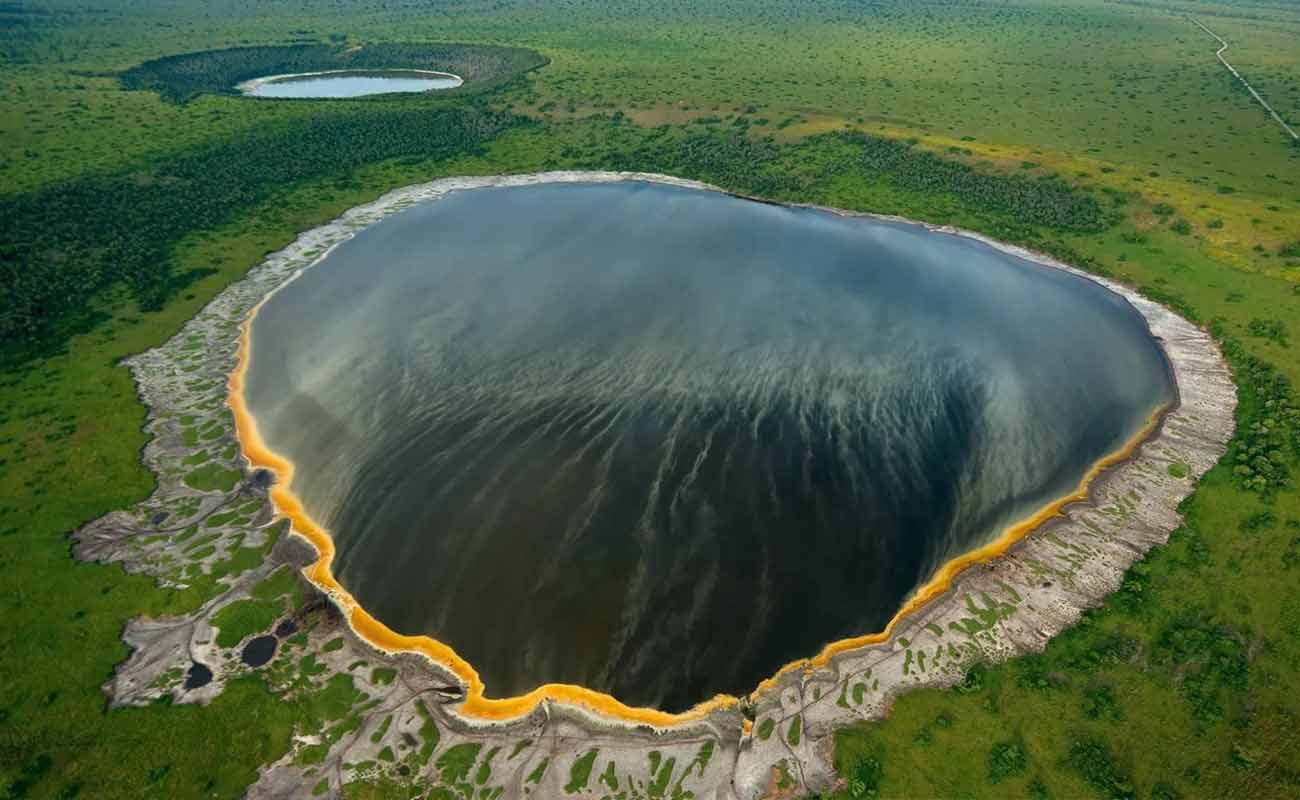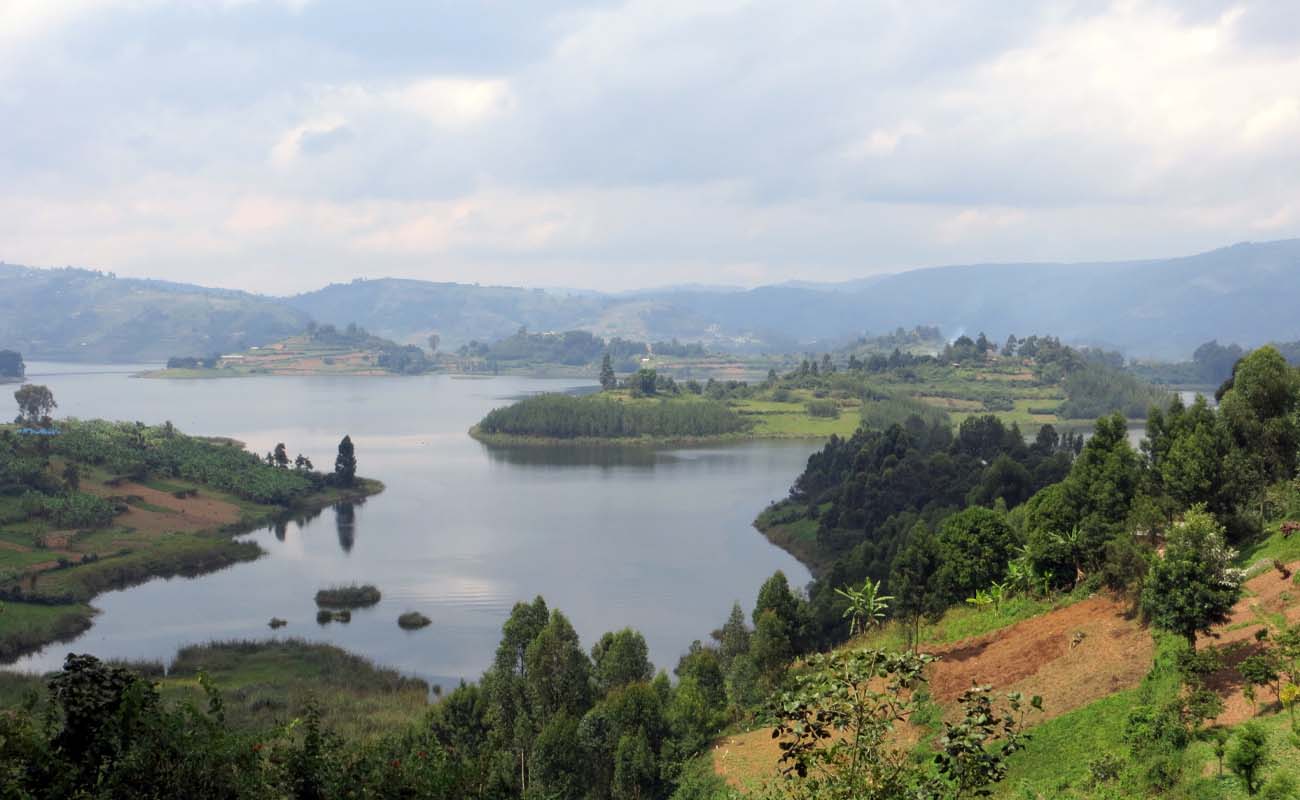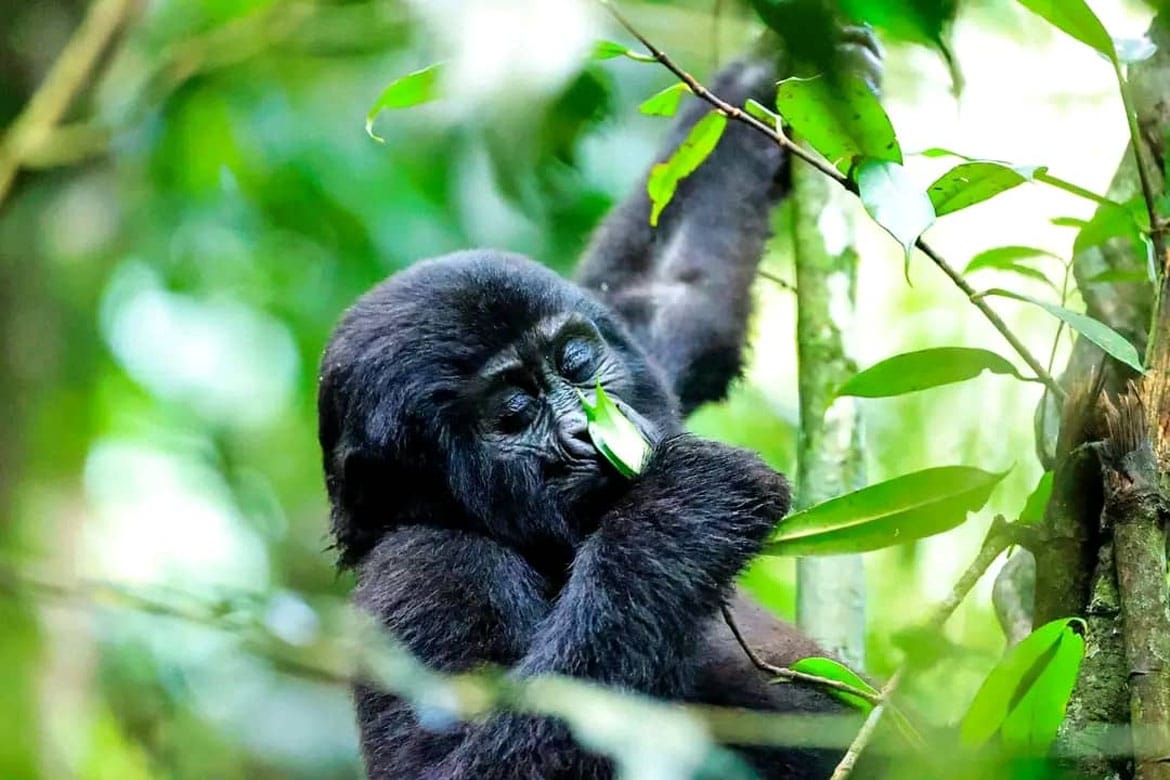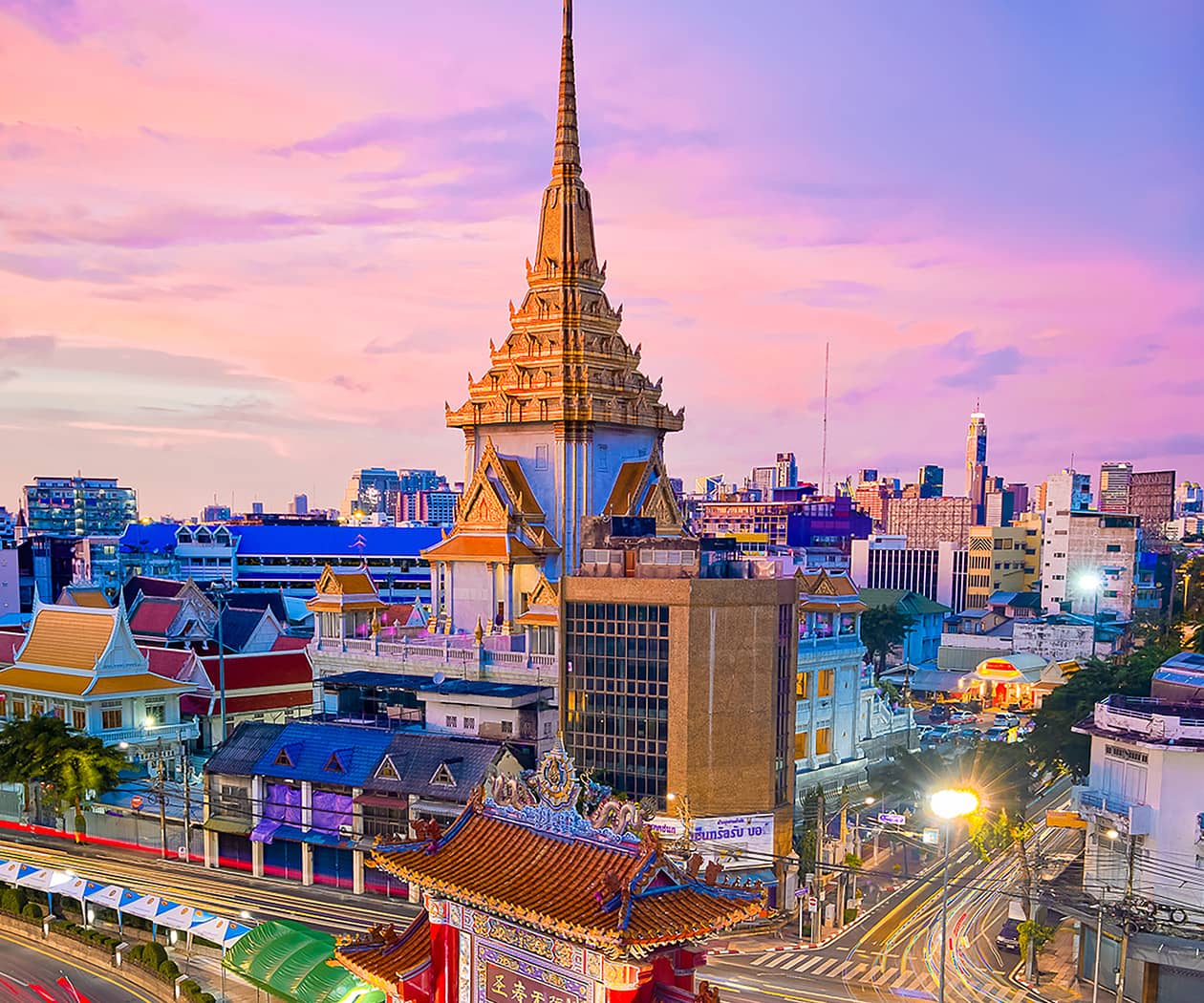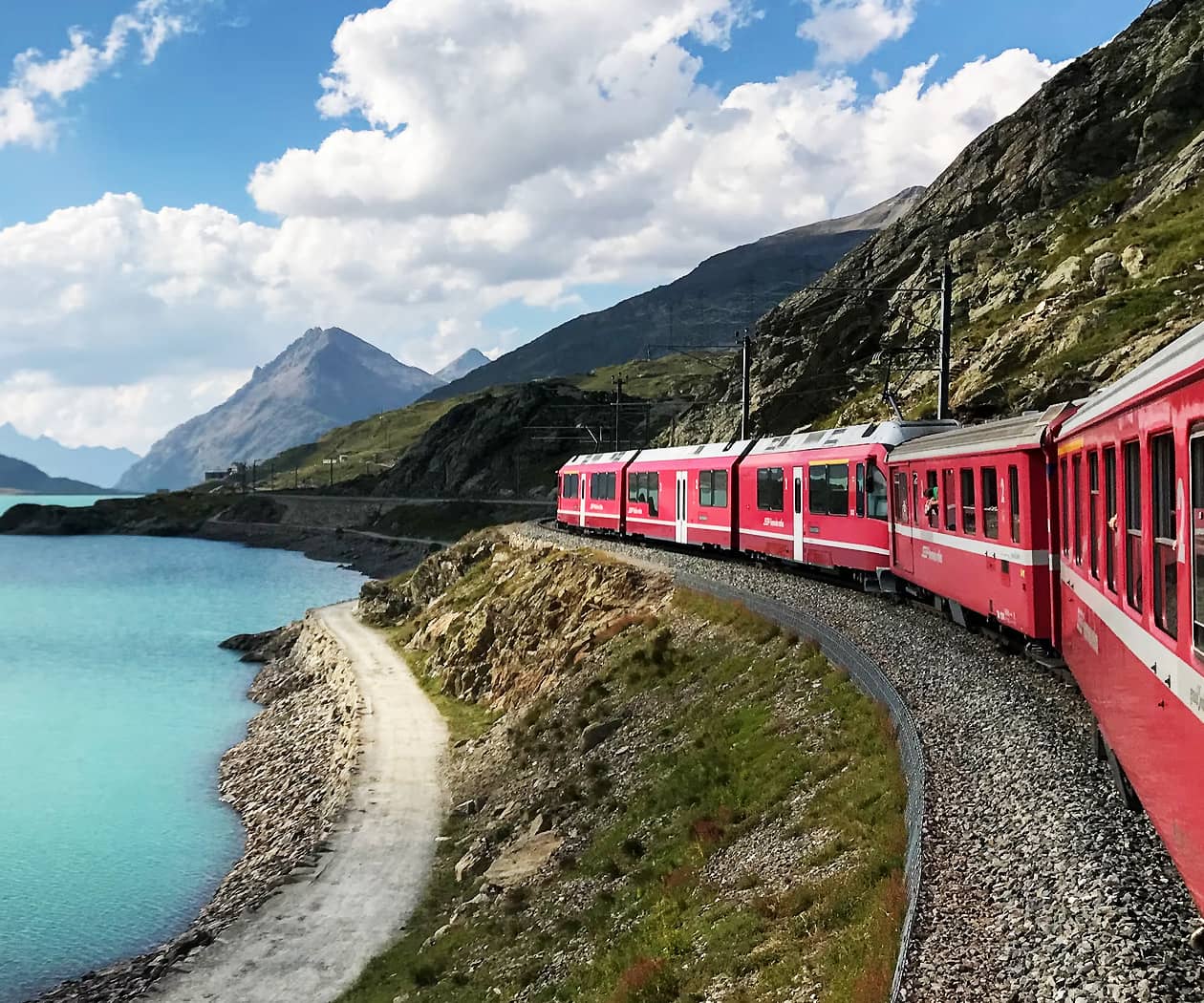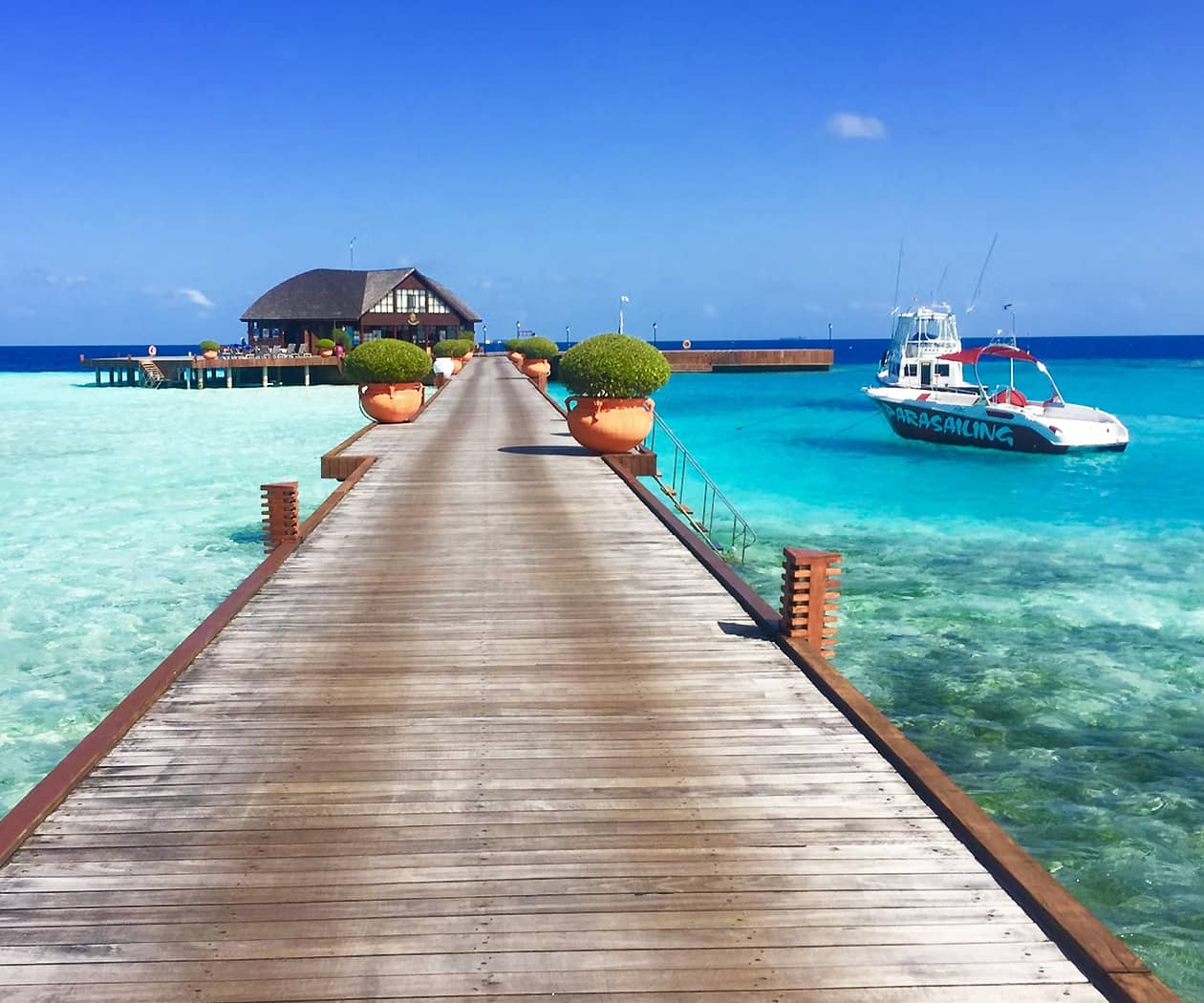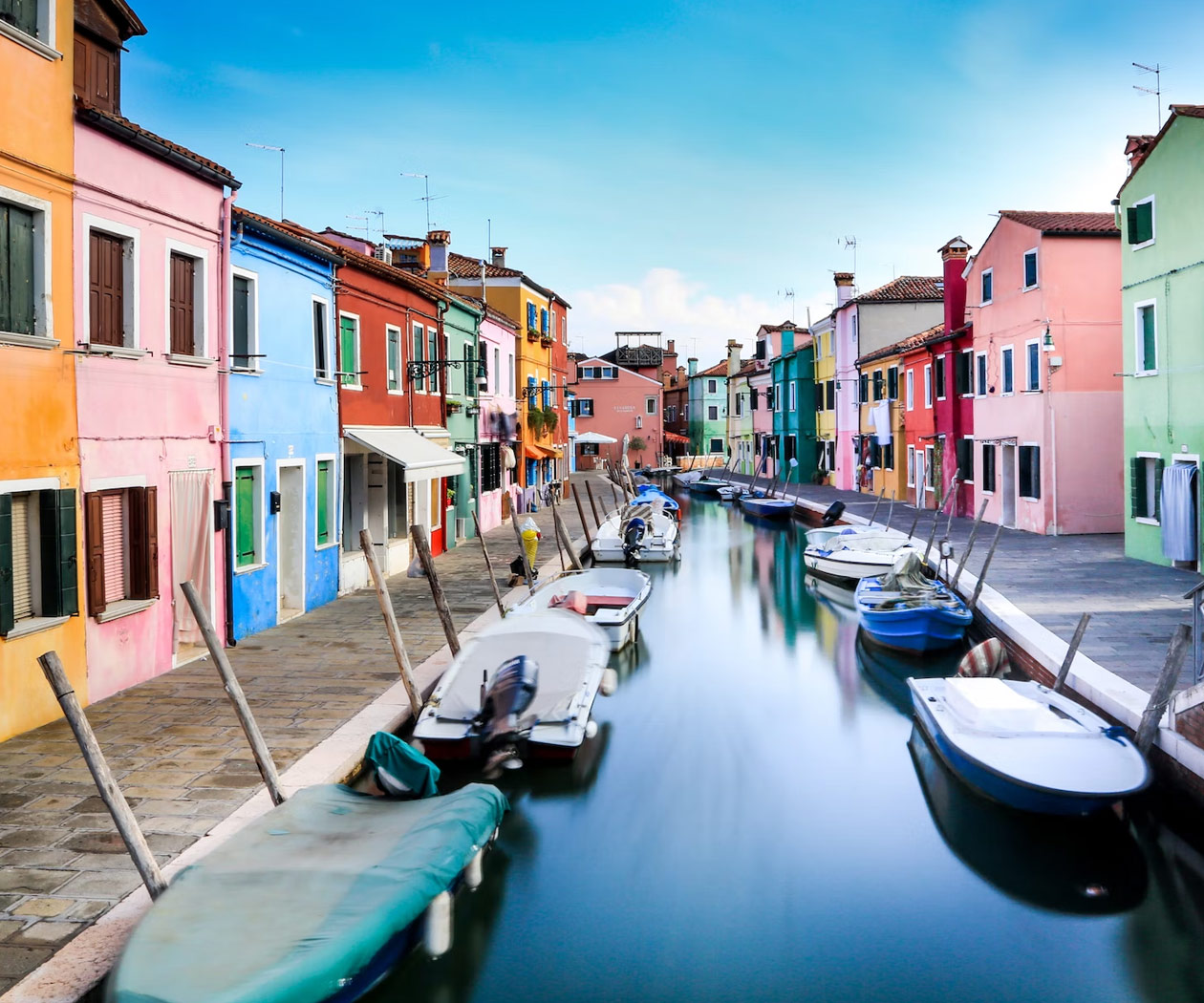Twin Gorillas Born in Virunga National Park
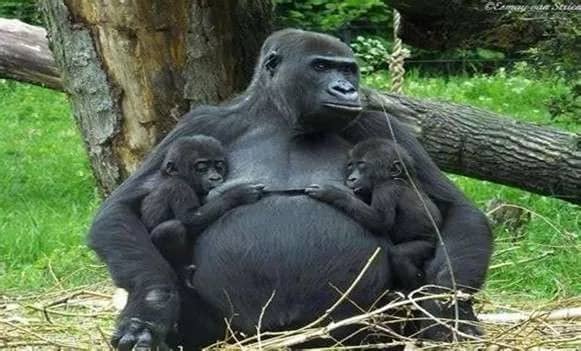
In a moment that captured the hearts of conservationists, wildlife enthusiasts, and the global community alike, Virunga National Park in the Democratic Republic of the Congo announced the miraculous birth of twin mountain gorillas in late July 2024. This extraordinary event has brought renewed hope to the world, especially in the context of the fragile status of the critically endangered mountain gorilla population. The birth of these twin gorillas is not just a milestone for the park but also a significant victory for global conservation efforts aimed at protecting one of humanity’s closest relatives.
Virunga National Park, located in the heart of Central Africa, is renowned for its breathtaking landscapes, diverse ecosystems, and unparalleled biodiversity. Yet, it is perhaps most famous for being one of the last sanctuaries for mountain gorillas, a species that has been teetering on the brink of extinction for decades. The birth of twin gorillas in the park’s misty, jungle-clad mountains is a rare and heartening occurrence, signaling nature’s resilience amid ongoing challenges and providing a much-needed boost to the park’s conservation initiatives.
The Rarity of Twin Gorilla Births
The birth of twins in any animal species is a unique event, but in gorillas, it is particularly rare. Among mountain gorillas, twins account for less than 1% of all births, making this event in Virunga truly extraordinary. Female gorillas typically give birth to a single infant after a gestation period of approximately 8.5 months, and twins are an unusual occurrence. The mother’s ability to care for two infants simultaneously presents a remarkable challenge in the wild, where resources are scarce, and survival is a constant battle.
This remarkable birth has captivated the attention of scientists and researchers who are eager to study the twins’ development and survival in the wild. Gorilla mothers already face immense challenges in protecting, nurturing, and providing for a single infant in the dense forests of Virunga, where threats from poaching, habitat destruction, and human-wildlife conflict are ever-present. Raising two infants simultaneously is a rare feat of endurance, strength, and maternal care. However, the rangers and conservationists at Virunga are optimistic that these twin gorillas will thrive under their watchful eyes.
The Mother: A Symbol of Strength and Resilience
The mother of the twin gorillas, a female from one of Virunga’s prominent gorilla families, has emerged as a symbol of strength and resilience. Known to the park’s rangers and conservationists for her nurturing behavior and leadership within her group, she now faces the immense task of caring for two infants in the harsh conditions of the African jungle. Mountain gorilla mothers are known for their unwavering dedication to their young, nursing them for up to three years and providing constant protection during their vulnerable early stages of life.
In the days and weeks following the birth, park rangers have closely monitored the mother and her new twins, ensuring that they are safe and receiving adequate care. The rangers, many of whom have spent decades protecting the park’s gorillas, are cautiously optimistic about the twins’ chances of survival. The health of the mother and infants appears stable, and early observations suggest that the twins are adapting well to their new environment, clinging to their mother as she moves through the dense forest, foraging for food.
Virunga National Park: A Beacon of Conservation
Virunga National Park is a place of both extraordinary beauty and immense challenges. Established in 1925, it is Africa’s oldest national park and a UNESCO World Heritage Site. Covering over 7,800 square kilometers, the park is home to a vast array of ecosystems, including savannas, swamps, active volcanoes, and dense rainforests. It is also one of the few remaining habitats for the critically endangered mountain gorilla, whose population has been severely impacted by poaching, deforestation, and civil unrest in the region.
Despite these challenges, Virunga has been a beacon of conservation efforts, especially in recent decades. The park’s dedicated team of rangers has worked tirelessly to protect its wildlife, often risking their lives in the process. These rangers are the unsung heroes of Virunga, standing on the frontlines of conservation in a region marked by conflict and instability. Their commitment to safeguarding the park’s gorillas has been instrumental in the slow but steady recovery of the mountain gorilla population.
The birth of the twin gorillas is a testament to the success of these conservation efforts. Virunga’s mountain gorilla population has been gradually increasing in recent years, thanks to the tireless work of park rangers, conservationists, and the support of local communities. While the species remains critically endangered, the growth in their numbers offers hope for their continued survival.
Conservation Challenges in Virunga
While the birth of the twin gorillas is a cause for celebration, it also underscores the ongoing challenges faced by Virunga National Park and its inhabitants. The park is located in one of the most volatile regions of Africa, where political instability, armed conflict, and the illegal exploitation of natural resources threaten both the wildlife and the people who live in and around the park.
Poaching remains one of the most significant threats to Virunga’s mountain gorillas. Despite strict laws and the efforts of rangers, poaching continues to pose a danger to gorillas and other wildlife in the park. Gorillas are often targeted for their meat or captured for the illegal wildlife trade, while their habitat is threatened by deforestation driven by the illegal charcoal trade.
In addition to poaching, the park faces challenges related to human encroachment. As local communities grow and expand, the pressure on the park’s resources increases, leading to conflicts over land use and conservation priorities. Many of these communities rely on the park for their livelihoods, whether through agriculture, fishing, or the collection of forest resources, which can lead to tensions between conservation efforts and human needs.
Furthermore, Virunga’s rich natural resources, including its forests, minerals, and oil reserves, have made it a target for exploitation. The illegal extraction of these resources has fueled conflict and contributed to the degradation of the park’s ecosystems. Conservationists must constantly navigate the delicate balance between protecting the park’s biodiversity and addressing the socioeconomic challenges faced by the surrounding communities.

